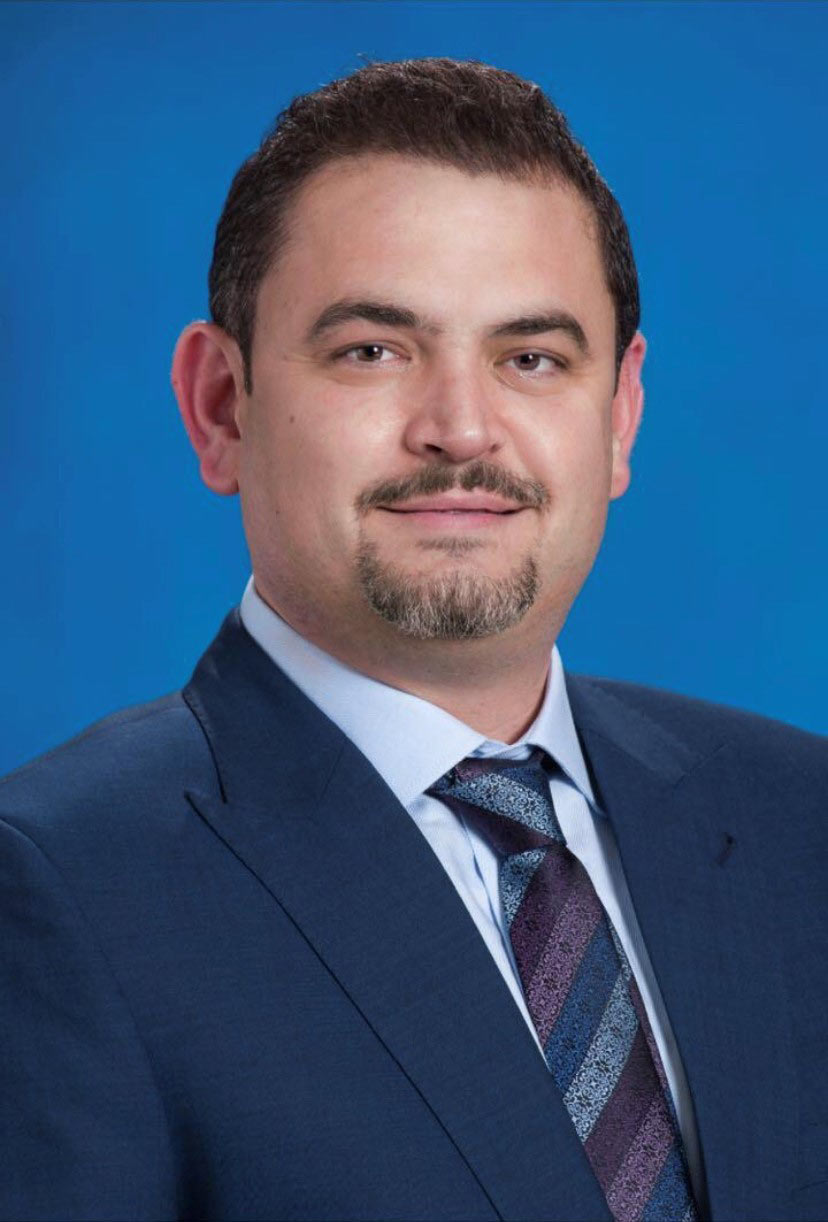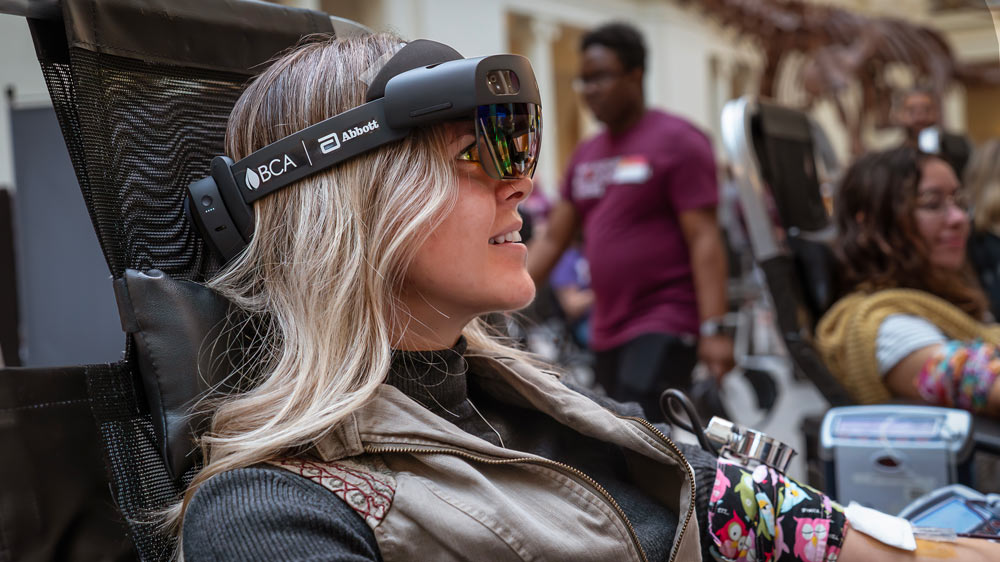
As per the World Health Organization (WHO), a safe stock of blood should equate to 1% of a country’s population; a target that several countries around the world are lagging behind. Challenges are many and vary between lack of awareness, taboos, stigmas, or simply scare of the needle.
To help remedy this global issue, Abbott has developed a new technology called the mixed reality experience to help attract a larger number of people to donate blood. Hospitals magazine had the opportunity to meet the team at Abbott behind this innovation and witness this experience closely. To learn more about the mixed reality experience, we hosted Omar Riyal, Divisional Vice President at Abbott’s transfusion medicine business.
What is the mixed reality experience?
It’s a first-of-its-kind consumer-focused innovation developed by Abbott to address the global challenge of sustaining a reliable blood supply. The experience which is designed to attract the young generation of blood donors, was developed based on research that natural settings are the most preferred environment for blood donors.
How does it really work?
Participants wear a mixed reality headset to embark on a digital world, represented by a whimsical garden, while listening to soothing music. The process is completely controlled through eye tracking. This immersive digital experience makes the blood donating process easier and more comfortable, as it distracts donors by adding an element of immersive high-tech mixed reality.
How safe is the experience?
It is a very safe experience: donors’ eyes are always visible during donation to ensure constant monitoring, evaluation and interaction by the blood donation professional. Participants wear lightweight mixed reality headsets to enter the digital world, but remain fully aware of their surroundings, which ensures a convenient and safe experience.
How different is mixed reality from virtual reality?
Mixed reality is similar to virtual reality but allows participants to still see the real world around them, as they embark on the digital world. Donors are offered a quick tutorial on the headsets and the overall experience prior to use.
Where has the technology been launched so far?
We were thrilled to partner with Blood Centers of America, the largest blood supplier network in the U.S., to launch the experience in the US last year. We have more than 10 blood banks already using it in the US and seeing encouraging results. We are seeing that mixed reality helps with the return rate of donors compared with those who did not try the experience.”
We are currently looking to roll it out around the world, including the Middle East. In fact, we garnered very positive feedback from various stakeholders during MEDLAB, where the headset was showcased.

What would in your opinion be a main driver for the adoption of the new technology?
Data and research remain an irrefutable driver. As a matter of fact, a recent pilot study conducted by Abbott and Blood Centers of America showed that the mixed reality experience helps ease stress and encourages people to donate again. 68.4% of participants who reported pre-donation anxiety said the mixed reality experience helped ease their feelings of anxiety, while 89.2% of donors who tried mixed reality said they were likely to donate blood again. I believe these insights are very encouraging and testify for the positive impact of the new technology.
How do you make your technologies and products more sustainable and what are your key priorities for the region?
We are in the business of health, the precursor of a sustainable future. To us, sustainability means putting people at the center of everything we do; that’s our pledge. Today more than 2 billion people are positively impacted by our innovative products, and we aim to reach 3 billion people by 2030. Therefore, whenever we develop a life-changing technology or innovate a new product or solution, we strive to make them more accessible and affordable. Our aim is to make a long-term impact on those we are here to serve.














